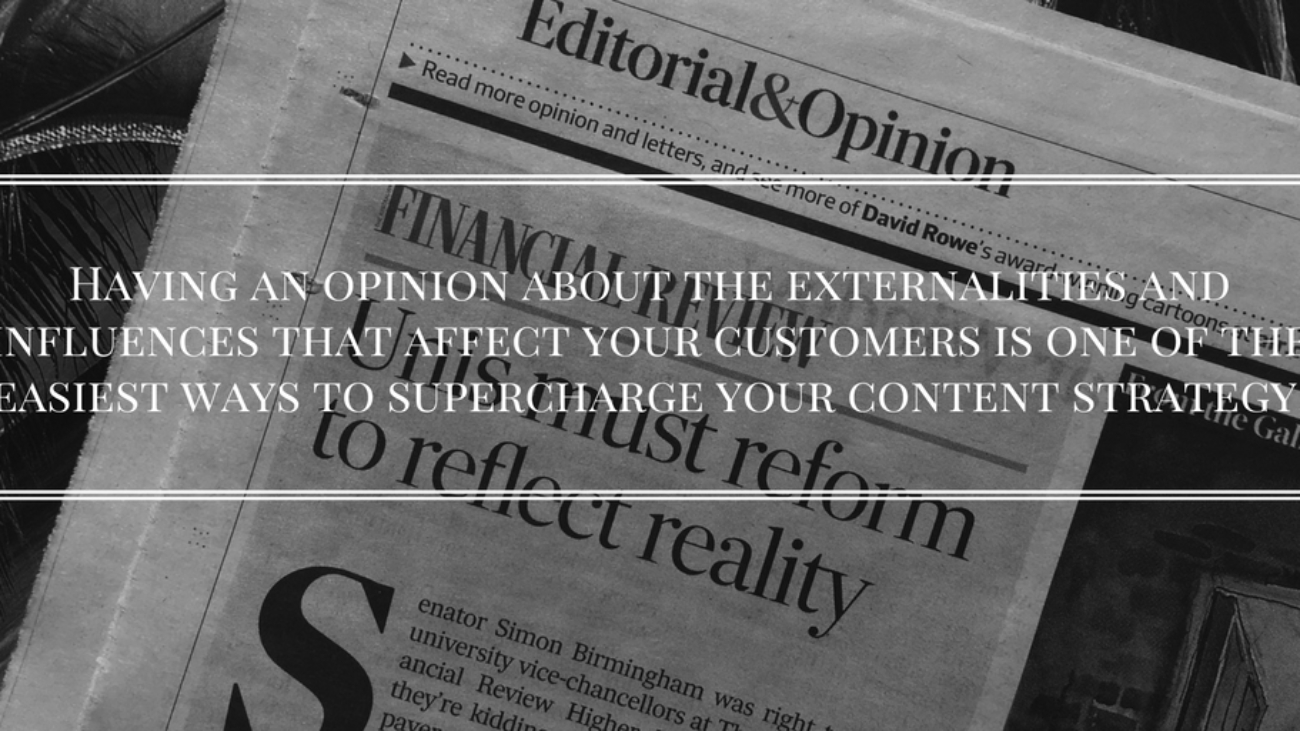HIGHLGHTS
- Net profit after tax of $20.2 million – strong second half performance of $15.6 million and includes one-off write-off for fraud of $2.3 million
- Consistent strong performance from the Hospitality business with the rental asset base# up 34% on 30 June 2016
- Strong growth in the New Zealand and Canadian asset bases
- Improved second half credit performance from GoGetta
- GoGetta business continues to be refined with focus on improving return on capital through customer quality measures
- Dividend payout ratio increased to 68.7% of full year earnings
- Implementation of securitisation funding facility on target
- Earnings outlook for FY18 in the range of $24 million to $26 million
Leading equipment financier Silver Chef Limited (“Silver Chef” ASX: SIV) has today reported net profit after tax of $20.2 million for the year ending 30 June 2017.
As expected, the Group delivered strong second half financial performance as a result of improvement in GoGetta rental yield, better average credit quality and continued growth of the Hospitality business in international markets.
These improvements set up the business for strong growth in future periods. The full year result includes a significant one-off expense of $2.3M after income tax in respect of asset losses associated with the fraud event announced to the market on 17 November 2016.
The small miss against the lower end of the earnings guidance range was a consequence of deliberate slowing of growth in the GoGetta rental asset base in the second half of FY17 and additional arrears provisioning which was determined as part of the year end accounts review process.
Part of that difference arose from the Company’s decision to book additional provisioning against an individual customer arrears position where our recovery prospects deteriorated post year end.
The Board has declared a fully franked dividend of 25.1 cents per share.
In conjunction with the first half dividend of 12.9 cents per share, total dividends for the financial year are 38.0 cents per share, maintaining the Company’s payout ratio at 68.7% of earnings per share.
Chief Executive Officer Damien Guivarra said: “FY17 has been a challenging year for the Group, with rapid growth in the GoGetta business creating new demands in the areas of credit control, arrears administration and asset management. The Company has made significant improvements in these areas over the course of the year and it is confident that they will deliver improved financial returns in the GoGetta business moving forward. Pleasingly, the Hospitality business performed strongly again during the year. The Canadian market remains an attractive opportunity that will support the Company’s ongoing growth.”
Hospitality – Australia and New Zealand
The Hospitality business in Australia and New Zealand performed well during the year, with growth in its rental asset base of 26% against the previous corresponding period. The coffee and franchise channels made strong financial contributions during the period. The New Zealand business in particular contributed strongly, with 49% growth in its rental asset base against the previous corresponding period resulting in a significantly improved contribution to group earnings. The average credit quality of the Hospitality portfolio remains consistent with historical trends and reflects a relatively low level of annualised credit losses in the target range of 2.5% to 3.5% of revenue.
Hospitality – Canada
The Canadian Hospitality business achieved the strong origination and asset base growth targets planned for the year. The business delivered $18.6 million in originations for the year ended 30 June 2017, up 48% on the previous corresponding period. Canada ends the year with a rental asset base of $28.7 million at cost, up 81% on the cost base at 30 June 2016. There are now 40 employees providing a strong platform for future growth. Due to the relative immaturity of the Canadian portfolio, it is difficult to make a firm prediction as to the average credit quality of that growing portfolio, however early indications are that it will perform on a similar basis to that observed in Australia and New Zealand.
GoGetta
During the year, the Company improved its credit evaluation procedures, redesigned its approach to managing the recovery of outstanding arrears and commenced a project to review its processes for reconditioning and remarketing assets that are returned after the initial twelve-month rental period.
As predicted, the GoGetta brand delivered an improved financial result in the second half of FY17. Growth in the GoGetta rental asset base was moderated as a result of implementing tightened credit controls. Average credit quality has improved as indicated by the deceleration in the rate of arrears growth.
Critical to improving credit quality and halting arrears deterioration was the disaccreditation of non-performing partners (both finance brokers and equipment vendors) who were not aligned with the Group’s deal quality and customer credit standards.
While slowing in the GoGetta growth rate was a natural by-product of the Company’s tightening credit standards, this was further enhanced by management actions taken in response to the fraud event announced on 17 November 2016.
The Company previously advised that in the short term it expected bad debt and impairment charges recognised in the GoGetta business to be higher than historical group averages as management worked through contracts (primarily in the light commercial channel) which were written before significant tightening of credit policiesin March 2016.
After ongoing evaluation, the Company concluded that a number of sub categories of customers and asset classes in the broader light commercial channel were not performing in line with our credit quality criteria. The Company has discontinued lending into those channels with the exception of vehicles which are specifically designed for commercial purposes (such as vans and utilities).
The credit performance of the remaining classes in the light commercial channel are subject to ongoing review to ensure they are generating the appropriate returns and meet acceptable standards of credit performance moving forward.
Capital Management
The Company’s total assets at 30 June 2017 are $540.2 million, with net gearing at 65%. The Company extended its senior syndicated banking facility by $100 million to a total of $400 million of which there was $81 million of headroom at year end. This provides the Company with significant funding headroom as it transitions to a securitised funding model in FY18.
The Company is now in advanced stages of documentation and senior syndicate approval for the implementation of a $200 million securitisation warehouse facility. All parties are working toward execution of relevant documentation.
Successful performance of the securitisation structure will see a significant reduction to senior debt gearing levels during FY18 and a lower level of reliance on new equity to finance the Company’s growth targets over the coming years.
The facility permits funding of new originations of Silver Chef and GoGetta rental contracts, and will also be used to purchase the Company’s existing book of finance leases in the first instance, allowing a significant reduction to senior debt levels on first draw. Once implemented, the securitisation facility will enable the business to finance eligible contract originations to an initial maximum gearing of 80% on asset cost on a limited recourse basis.
Final pricing for the securitisation warehouse structure will be established closer to financial close on the transaction.
A share placement was made on 16 September 2016 to existing and new shareholders, that raised an additional $7.5 million of equity capital. An entitlement offer announced on 21 March 2017 raised a further $21 million of equity capital. Funds from these placements were used to fund growth in the Company’s rental asset base, and to maintain gearing at a conservative level as the Company transitions to securitisation funding.
The Company will continue to apply its historical approach to the management of the Company’s capital base, seeking to diversify its funding sources with a range of features and maturities to manage refinancing risk and interest rate risk. The delivery of the securitisation facility in FY18 is an important evolution of the Group’s capital management strategy. Appropriate senior secured facilities and other forms of debt and equity capital will be required to ensure continuity of funding for both domestic and international expansion.
People and Culture
Damien Guivarra transitioned to the role of Chief Executive Officer effective from 3 November 2016. On that date, Allan English, founder and former Executive Chairman, returned to the role of Non-Executive Chairman.
Mr Guivarra has played an integral role in the growth of the Company over the last ten years across a number of sales and operational management roles.
The Company remains committed to the ongoing development of its people, as part of its wider strategy as a certified B Corporation. Silver Chef is focused on running its business under a values driven framework with a genuine desire to make a wider contribution in the world. During FY17, we formalised strategies for better supporting our staff and our customers, reducing our environmental impact and creating more meaningful engagement with wider community initiatives through the establishment of the Silver Chef Foundation.
Technology
The Company continues to develop a new application management system with a second major phase of improvements commencing during the year. The system will generate considerable efficiencies by reducing application processing times and allowing information to be imported directly from external equipment dealer and finance broker platforms. It will also allow for credit pre-approvals for certain customers to be provided instantly.
Dividend
The Board has declared a fully franked dividend of 25.1 cents per share. The record date for the dividend will be 8 September 2017 and the payment date will be 2 October 2017. In conjunction with the first half dividend of 12.9 cents per share, total dividends for the financial year are 38.0 cents per share, making the Company’s payout ratio 68.7% of earnings per share.
Outlook
Management believes that the long-term outlook for domestic growth for both the Silver Chef and GoGetta brands remains positive. Expansion in Canada will continue and strong growth is forecast in its rental asset base again in FY18.
In the short term, improvement to yield and average credit quality in GoGetta will create a continued improvement to both return on capital and underlying accounting earnings.
The Company is conscious that there are ongoing challenges associated with managing the existing portfolio of GoGetta contracts. As previously noted, this portfolio is comprised of a mixture of credit qualities that improved significantly after March 2016. The portion of the Company’s asset base in the GoGetta business which is underperforming from a credit perspective is being actively managed with a view to contracts either being paid out or assets being returned and re-deployed as a matter of priority.
However, due to the volume of assets subject to this exercise, particularly in the light commercial channel, there is a significant cost burden associated with managing accelerated repossessions and redeployment of that capital. The financial impact of this activity is difficult to estimate, as it is dependent on the timing and condition of assets which are returned.
While the company typically targets growth in the range of 10 to 20%, in light of the above, the forecast for FY18 is in the range of 5% to 15%. As such, the Company expects full year after tax earnings for FY18 in the range of $24 million to $26 million.
# Asset base includes rental assets at written down value and lease receivables at amortised cost
ENDS: Media enquiries to Ben Ready on 0415 743 838.






